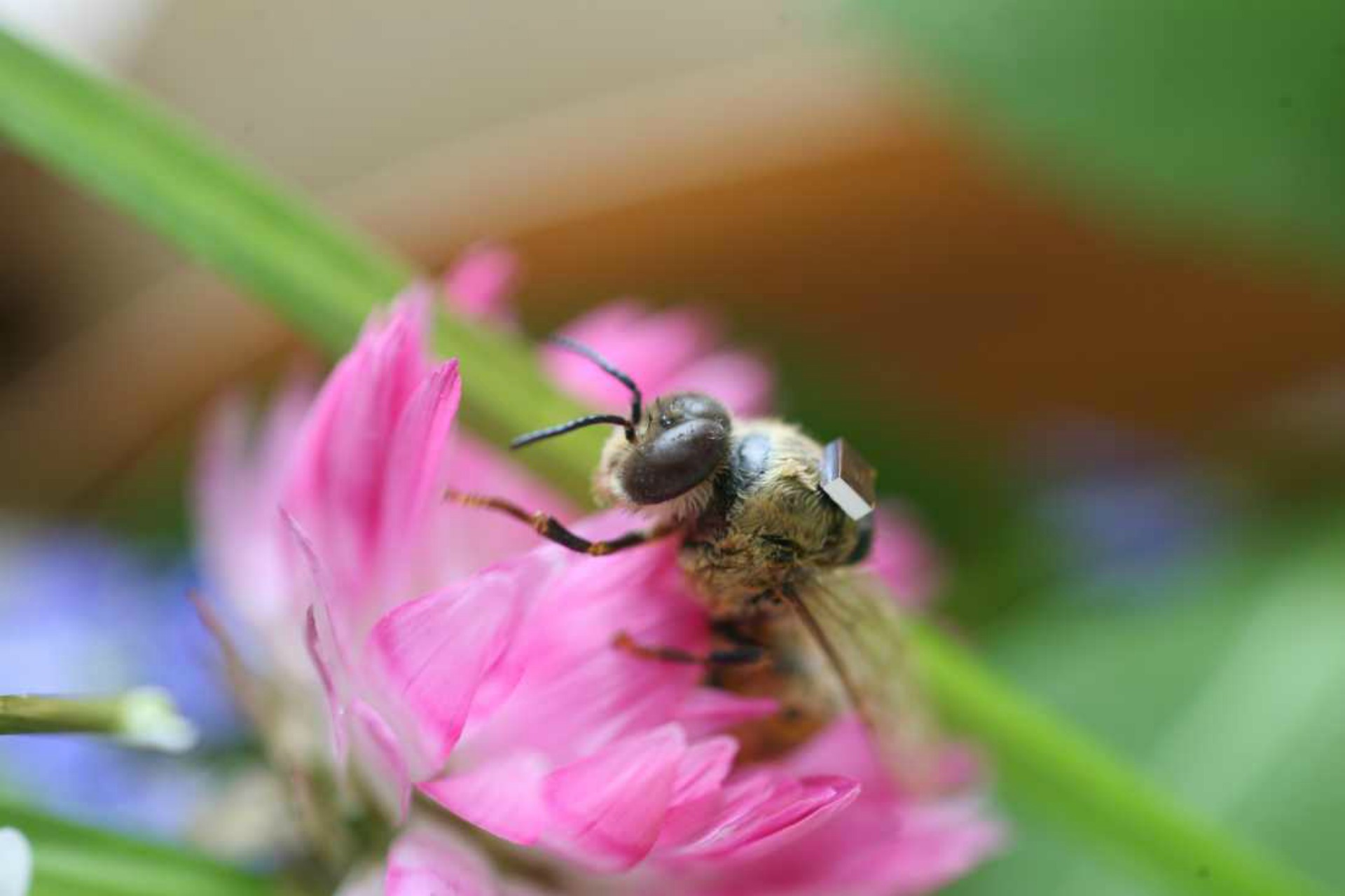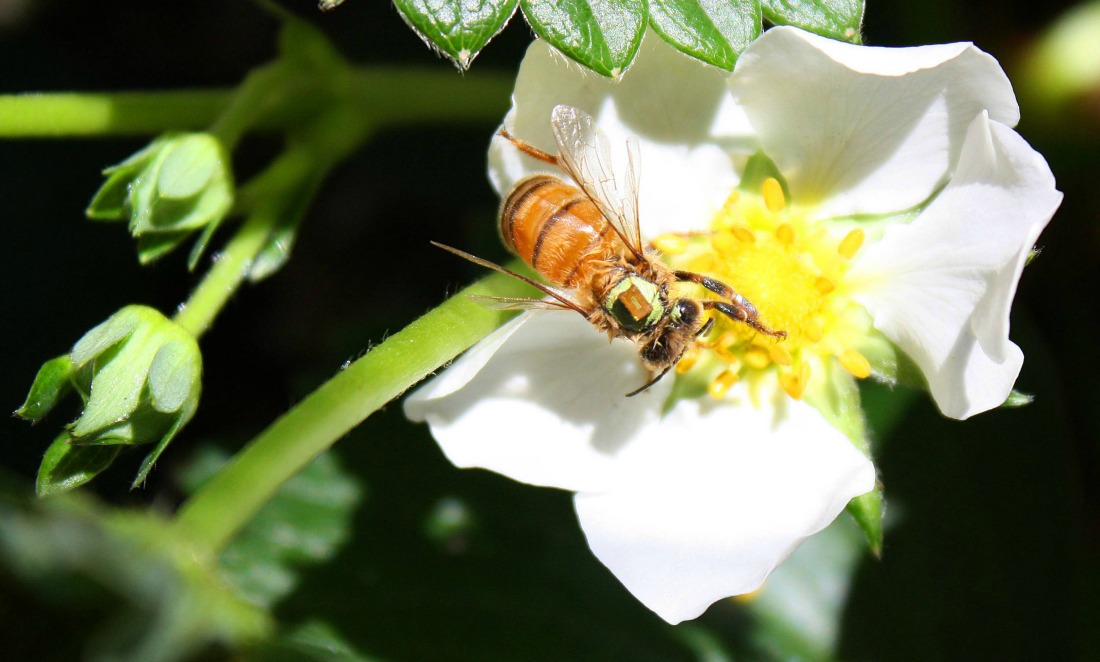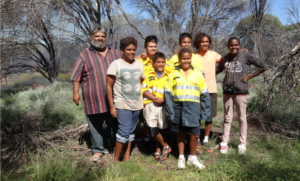Bee numbers are declining at an alarming rate across the globe. The culprit? Largely the Nosema apis fungus, which causes Nosema disease in bees, is to blame.
While you may consider them pesky stingers to be avoided, bees play a vital part in pollinating flowers and crops—without them many plants would be in big trouble.
That’s why scientists from UWA’s Centre for Integrative Bee Research (CIBER) decided to study the impacts of fungal parasites in bees.
ATTACHING COMPUTERS TO BEES
For their project, scientists stuck 1.5mm tags to the backs of 600 honey bee workers to work out how fungal parasites affect the bees’ ability to pollinate crops.
But how did they manage to tag hundreds of bees? “With an extreme bout of patience,” laughs UWA Research Associate Dr Ryan Dosselli.
“We waited until the bees hatched from the bee frame—when they are just hatched they can’t sting,” Ryan says.
“Then we grasped them between two fingers and fitted the computer tags with glue like they use at the dentist.”

STUDYING INFECTED BEES
Scientists then released the bees into their colonies to mature for 18-19 days. They managed to recapture 200 of the tagged bees and infected half of them with N.apis parasite spores.
The bees then re-entered their colony, where the computer tags monitored the time bees spent away from their colony foraging.
EFFECT OF DEADLY FUNGUS
The CIBER team found that infected worker bees performed more flights, but of shorter duration than uninfected ones.
Ryan says the immediate negative impact surprised researchers.
“It took us by surprise that the fungus would impair the workers’ flight duration as early as two days after being infected,” he says
“That a highly contagious parasite is impacting honey bee workers so quickly, is concerning.”
“If parasites reduce foraging ranges of honey bee colonies, they ultimately impact the bees’ ability to pollinate agricultural crops.”
“Bees are important for humans, the environment and agriculture, as they pollinate one sixth of all flowering plants world-wide, and help to produce a third of everything we eat.”
HOPE
Of three colonies studied, one fared better than the rest, with longer flight times and strongest immune response to the parasite.
This gives researchers hope that certain bees may be genetically more resistant to N.apis, which could pave the way to breed disease-tolerant bees.
Ryan says this could spell excellent news for bees’ fight for survival.
“This parasite, especially when experienced in addition to other stressors like pesticides, is one of the key responsible for the collapse of bee populations in the rest of the world,” he says.
“If we could stop this, it could make a real difference.”









